Fateforge: Chronicles of Kaan – roleplaying made simple
We’ve been reviewing games from Mighty Boards for quite a few years now, with games like Petrichor, Posthuman Saga and Vengeance: Roll and Fight among them. Heck, we’ve even interviewed the legendary David Turczi in association with Mighty Boards’ Evacuation Earth. To say we are fans of Gordon Calleja and his team is an understatement — but what I think we like most about Mighty Boards is how they evolve their design practices with each release — which brings us to the rather fantastic Fateforge: Chronicles of Kaan.
This latest puts Gordon Calleja back in the hot seat as the only credited designer, and given the simplified, app-driven RPG gameplay, I can see clear similarities between Fateforge and Posthuman Saga. Where Posthuman Saga was a great game that came with a lot of upkeep as well as a ton of theme, Fateforge clearly sets out to give players a strong role playing experience with as little complexity (outside of the fun gameplay mechanics) as possible.
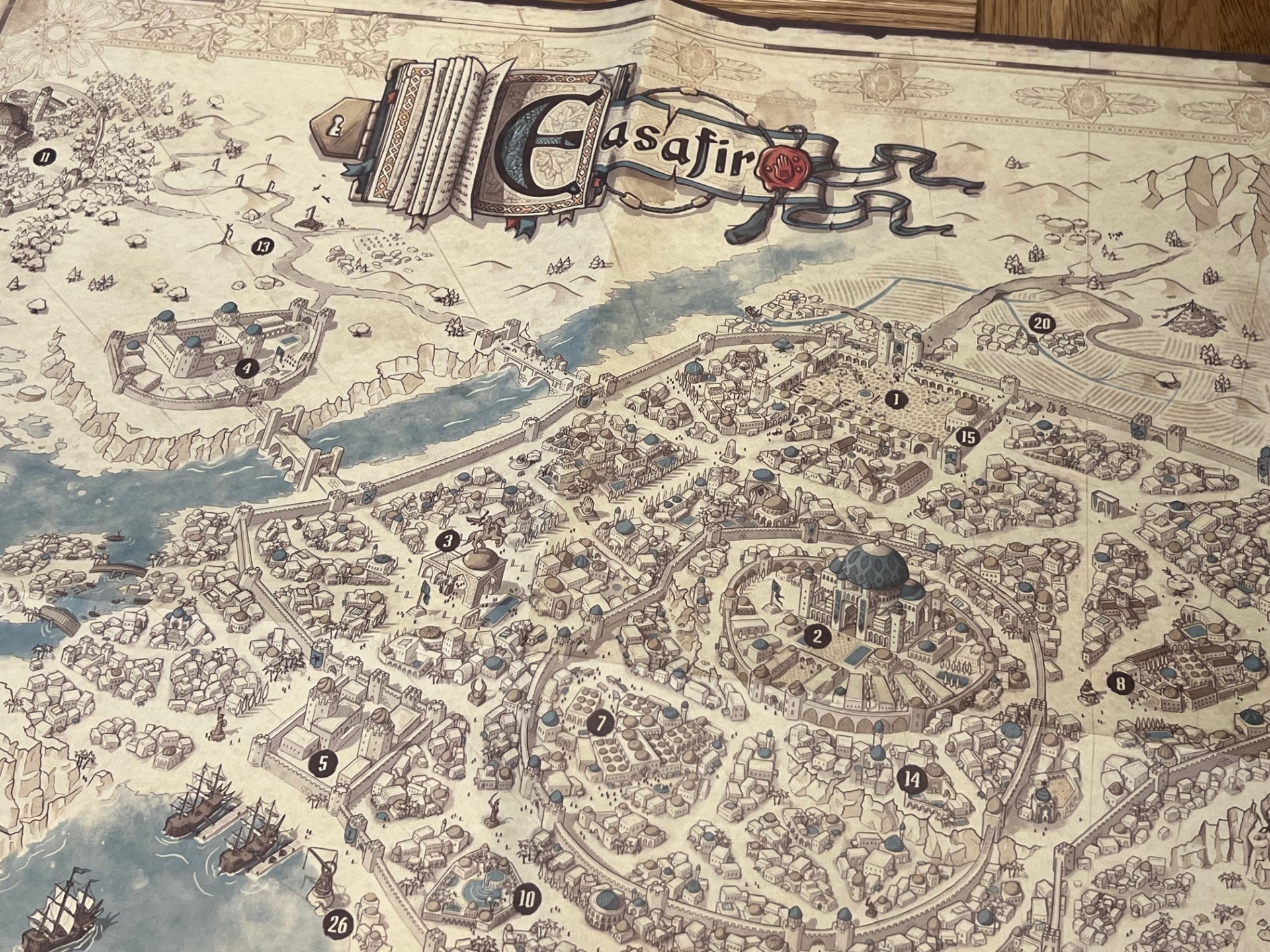
I am still a bit undecided on app-driven games, but the ones I tend to like are those with good quality, properly proofed writing, clear instructions about how they affect the tabletop components, and the ability to adapt dynamically to enhance the player experience. For the most part, Fateforge does this really well, with a strong story that is punchy enough to prevent even higher player counts (up to four) from getting bogged down and lots of features that work better in the app than they probably would on the board.
To bring this to life a bit and describe more about Fateforge, let me explain a bit about how it works. There’s a map on which you may choose to place stickers (I don’t) but this isn’t really a Gloomhaven experience where there are multiple branching scenarios and places you’ll simply never see. Rather, Fateforge presents more of a series of interlinked combat scenarios that are separated by brief sections of story.
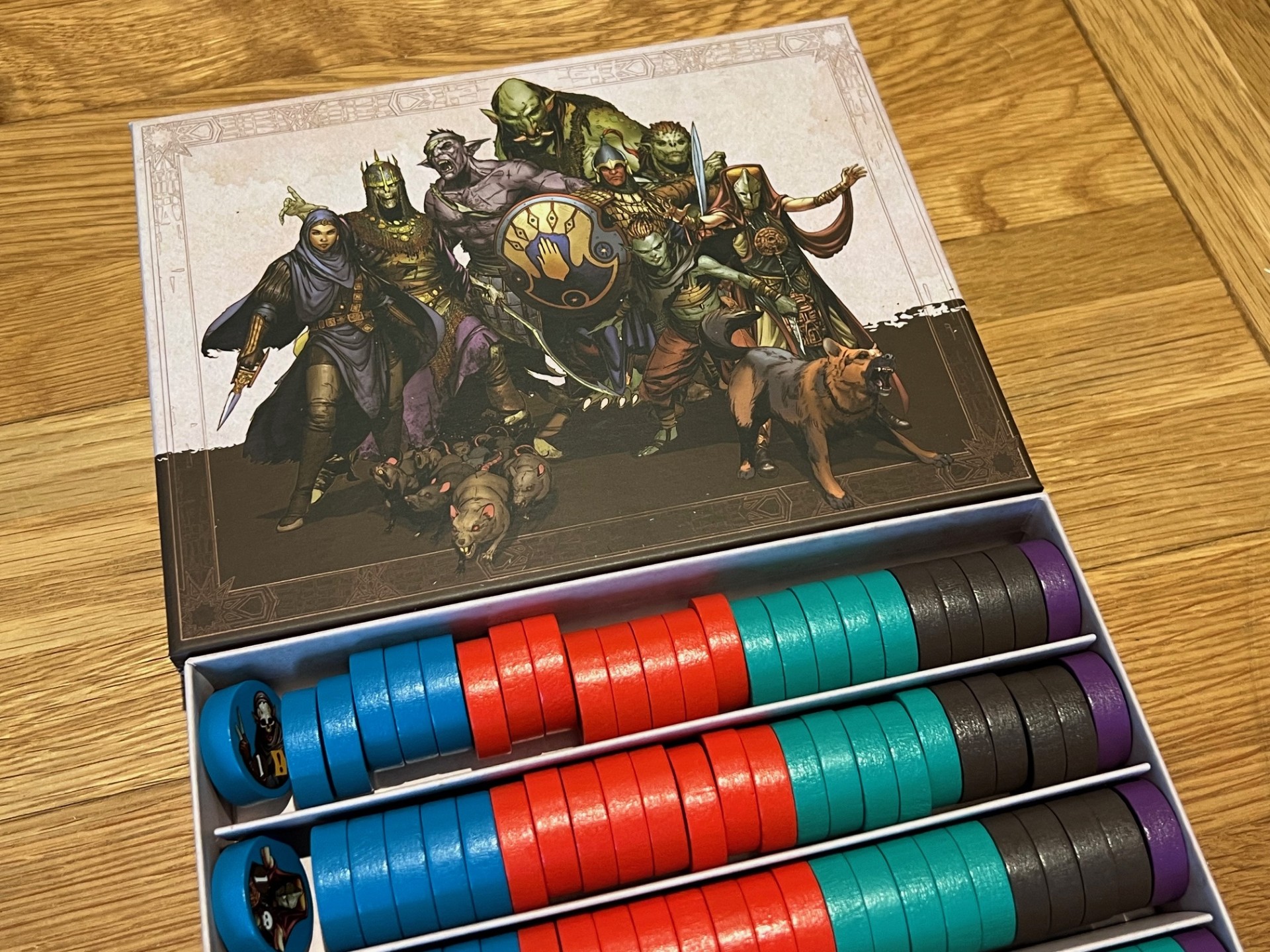
The clear intention of Fateforge is to deliver multiple fight scenes to the players in each playthrough, with perhaps four or five fights possible in a single two hour gameplay session. When a fight happens, the app will show players where to place the board pieces (which are generally smallish and come in a variety of shapes and sizes) and what enemies to put on them. In the version we received, enemies are represented as lovely circular wooden discs with screen printing, and I have to say that I really like this deluxe feature.
With the setup for the combat complete, the app will also help the players track the initiative order for the turn, and then it will dictate what each enemy disc does. Each combat round involves one phase where (usually) one or two enemies will act in between the player actions, as well as one enemy action phase (after all players act). In the main enemy phase at the end of the round, enemies will act in predictable ways, but in the mid-phase action, only certain enemy discs will act, and they may occasionally do unexpected things.
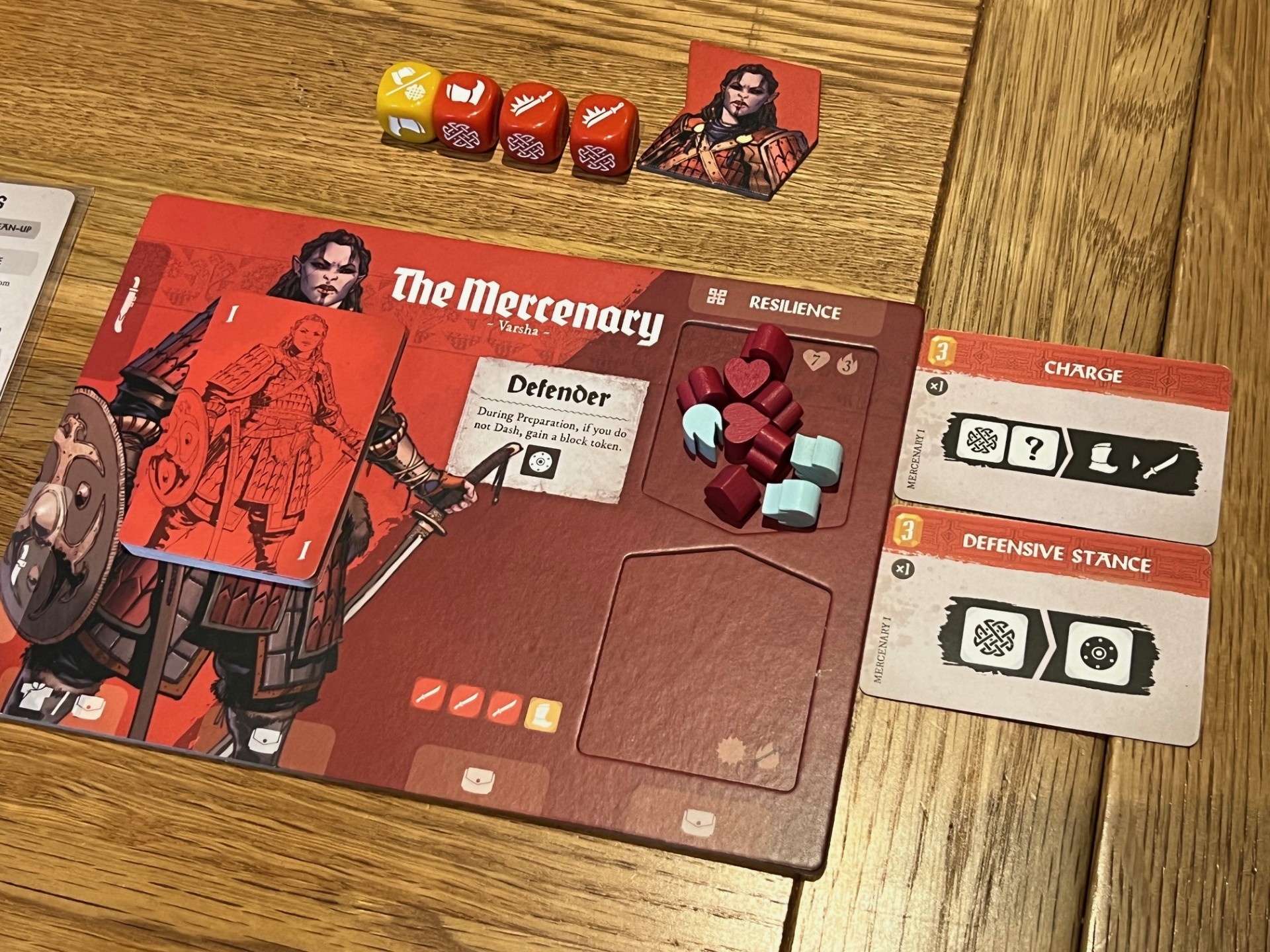
The app also tracks when certain enemy groups have all been killed, when the players collect specific items of loot and when other key events happen, and after battles it will help the players manage their health and overall wealth — including a feature where the players might receive a little bit more income if they are doing poorly. Depending on where your playthrough goes, there are a few other features, but these are all along the same theme — the app basically takes care of a number of housekeeping activities and also replaces the work that would normally be done with something like an enemy activation deck.
With that said, a lot of the Fateforge gameplay takes place on the tabletop. Player characters move around the maps in miniature form, and each player character feels quite unique and interesting. Calleja has largely side-stepped the temptation to use generic fantasy tropes for his characters with a few of the more obvious classes omitted. There is a sorceress and a ranged-type character, but how these guys actually work is one of the most fun things about Fateforge.
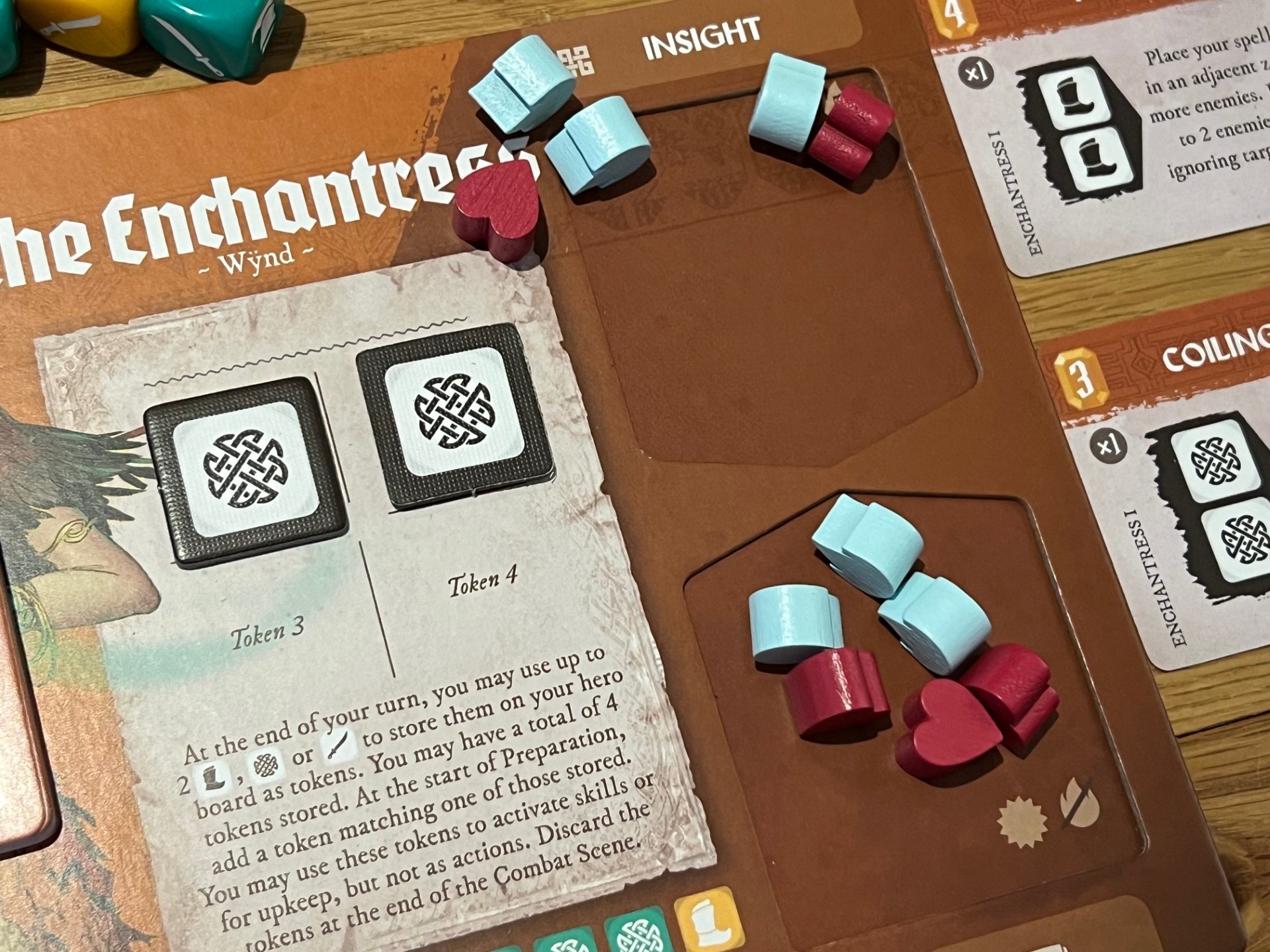
Each player has a character board, a set of dice (which is unique to their character) and a stash of energy and leath tokens. They may also have one or more items — for example the shaman’s drum — or spells which could be given to them at the outset of the game. Prior to each round of combat, the players will secretly roll their dice behind their screen so that they can assign them to actions such as move, attack, ranged attack or a class specific ability.
When the combat then begins, each player will activate in order of the initiative track — which can be set by the players. The rules state that players cannot show each other their dice, but they can openly discuss them, so to keep this fun, we played in a way that meant we could “indicate” what we might be able to do, but without ever revealing the actual die faces. For example, if you need to deal with a blue enemy in the first turn because otherwise they might activate and hurt a player, I might say “I think I can take care of that guy if I act first” rather than simply saying “well I have two swords and an arrow, so I can deal with him.”
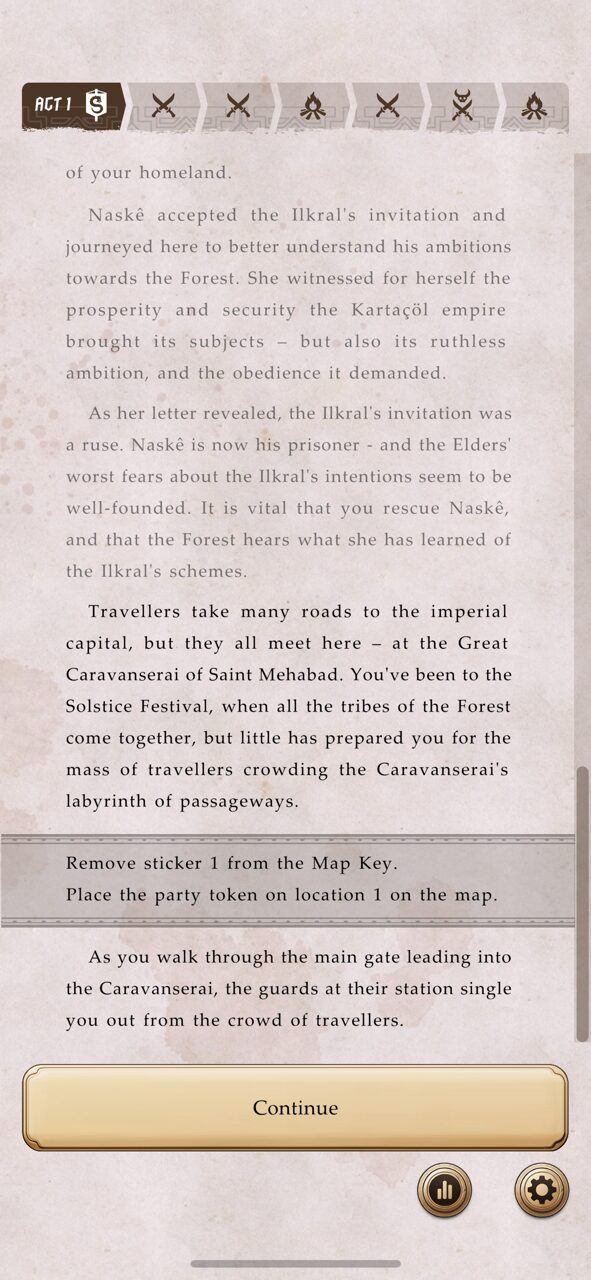
At a basic level, this system is fine — sometimes you roll exactly what you want in terms of basic actions and turns play out easily enough, but what Fateforge does really well is use some of the other die faces (such as misses and focus) to do cool things. The shaman, for example, can spend one of his own “miss” dice to allow another character to reroll one of their die. The Enchantress can “save” a die face until the next turn, banking it as a token which will then double itself on the next turn — and with both tokens then spendable.
I am not trying to show a specific bias here, but I do feel that characters like the enchantress (which actually comes in the Clash of the Immortals expansion box) make Fateforge really interesting. For example, not only does the enchantress have this ability to carry over, but she also has spells that can be cast into a space and then maintained during following turns when energy is spent. This feels very much like something you’d see in a complex RPG like D&D, yet implemented here it’s so simple and clean.
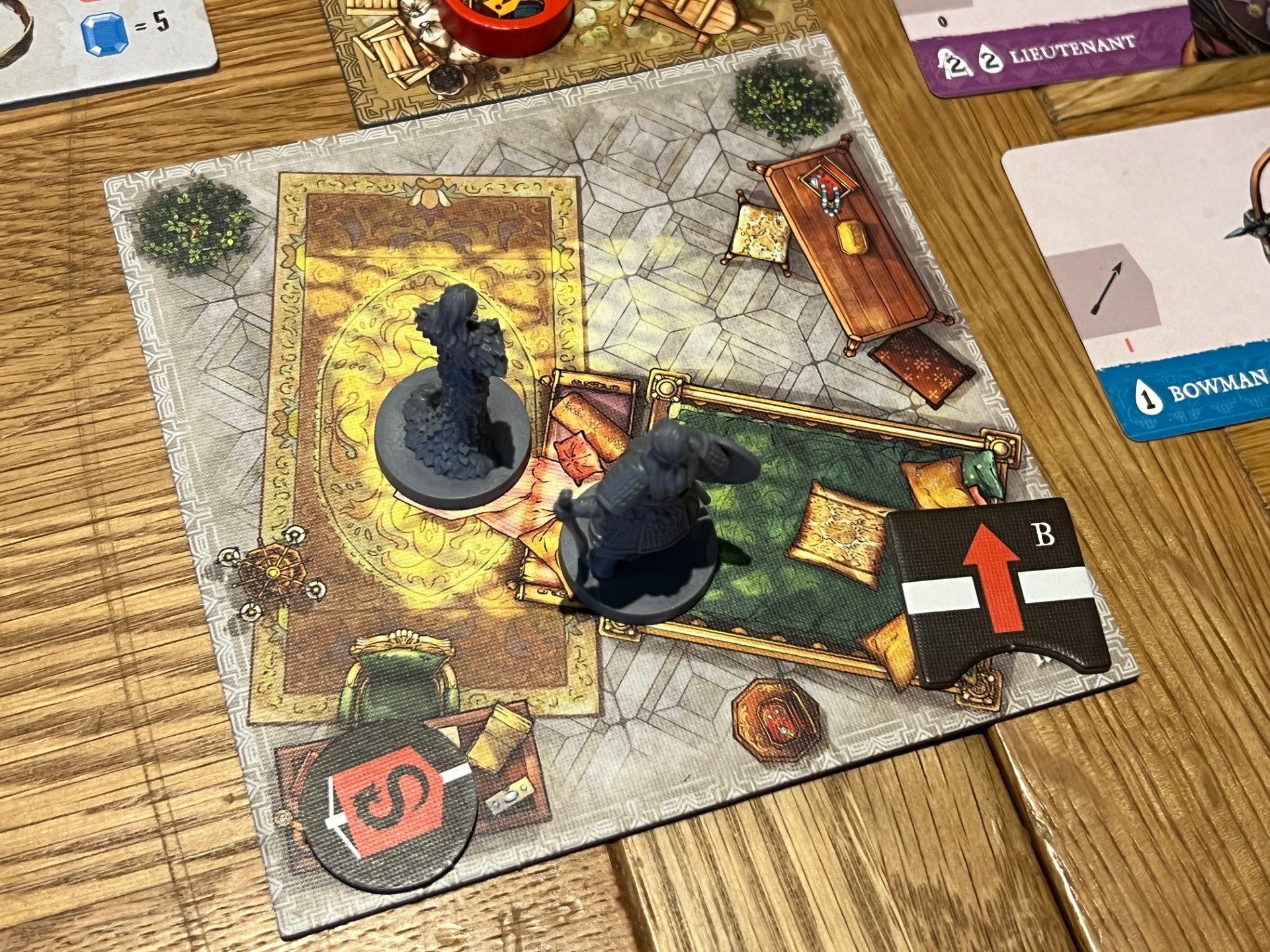
It’s also fair to say that Fateforge is pleasingly difficult for the most part. Not every scenario will challenge you to your wits end, but I sometimes find that in this kind of game, I never even take a hit. That’s not the case here, and because healing both health and energy has to be paid for, you really will feel the loss of every point taken in battle. I won’t post any spoilers here, but there are also bosses — and with both the base game and Clash of the Immortals, there is a significant amount of content to work through which at times gets very challenging.
Nothing is perfect, but I really do feel that Fateforge nails the app-supported roleplaying board game. I could possibly moan about the fact that enemies are tokens rather than miniatures, but to be honest I really like them, and the setup time is so much faster than it would be with miniatures. I absolutely love that in Fateforge I can set up a game in the morning and have a bit of story and then a battle done and dusted in about 15 or 20 minutes — or if we have an evening of playing, we can make real progress in just a couple of hours.
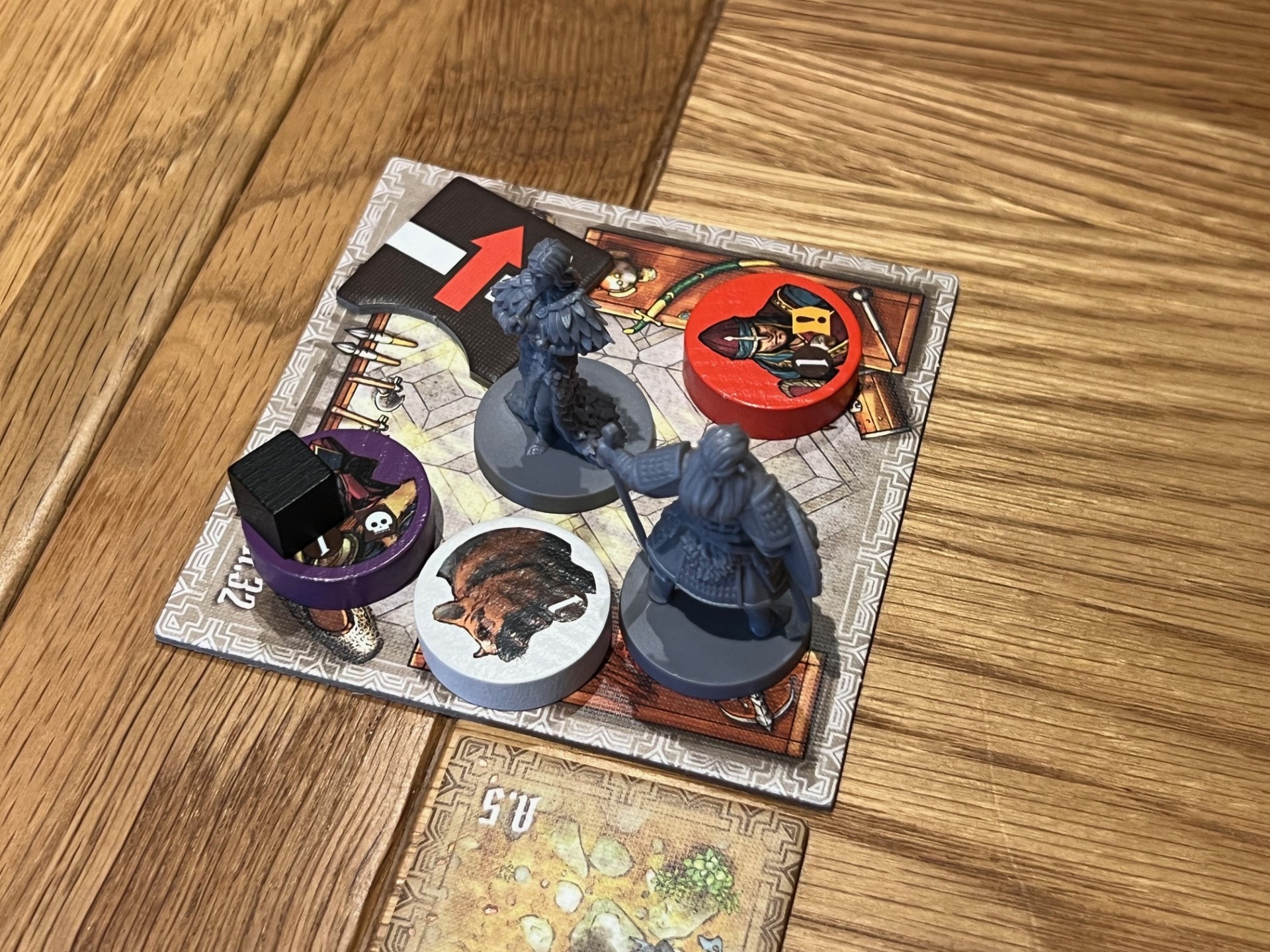
If you’re looking for a fast, thematic and accessible RPG experience that focuses all of the time and effort you’ll spend with it onto the bits that matter, I can’t think of many options better than Fateforge. This is fast, fun, clever design that is executed to a very high standard and clearly draws upon years of design experience. A game that any RPG fan should certainly try.
You can find Fateforge: Chronicles of Kaan on Kickstarter.
Love board games? Check out our list of the top board games we’ve reviewed.
Comments are closed.